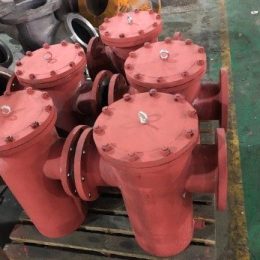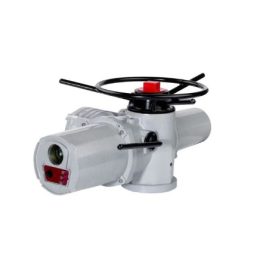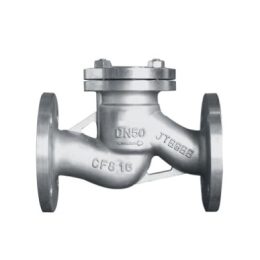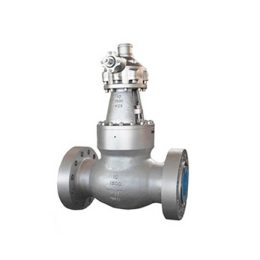How Does 4 Way Valve Work

A 4-way valve is a versatile device used for controlling fluid flow in a system. In this article, we’ll take a closer look at how a 4-way valve works and where it is commonly used.
What is a 4-Way Valve?
A 4-way valve is a type of directional control valve that has four ports around its chamber. It is often used in double-acting cylinder applications, as it has the ability to supply pressure to one side of the cylinder while allowing the opposite side to be emptied into the atmosphere. The name comes from the four positions the valve can accommodate.
The Advantages of a 4-Way Valve
One of the key advantages of a 4-way valve is its spool-type design, which provides equal surface areas for the pump and the tank. It also has vertical symmetry, making it an ideal choice for applications requiring the control of a fluid flow. These valves are useful for sequential positioning because they are able to change direction without losing the signal.
The Working Mechanism of a 4-Way Valve
A 4-way valve has a cock plug with two passages that connect adjacent ports. This plug can be cylindrical, tapered, or ball-shaped. Each port has two flow positions, and the plug is normally located centrally. When the valve is in a closed position, the inlet and exhaust ports both remain open.
In actuator applications, a 4-way valve may be left in the block position. In this case, the valve transfers hydraulic pressure from the manifold to the cylinder’s closed port, and the same pressure returns to the reservoir tank.
Applications of a 4-Way Valve
4-way valves are commonly used in double-acting cylinders, pool chemical treatment, and water softener regeneration. They were first used in early double-acting steam engines. The four-way valve consists of two “L”-shaped passages that do not interconnect, one on each side of the plug. The two “L”-shaped passages in the plug are not connected, making it difficult to identify a 4-way valve in an unfamiliar setting.
Conclusion
In conclusion, a 4-way valve is a simple yet versatile device that is commonly used in fluid control applications. Its spool-type design and vertical symmetry provide many advantages, and its ability to supply pressure to one side of a cylinder while allowing the opposite side to be emptied into the atmosphere makes it an ideal choice for double-acting cylinders. Whether you are working with pool chemical treatment or repairing an actuator, a 4-way valve may be just what you need to get the job done.



